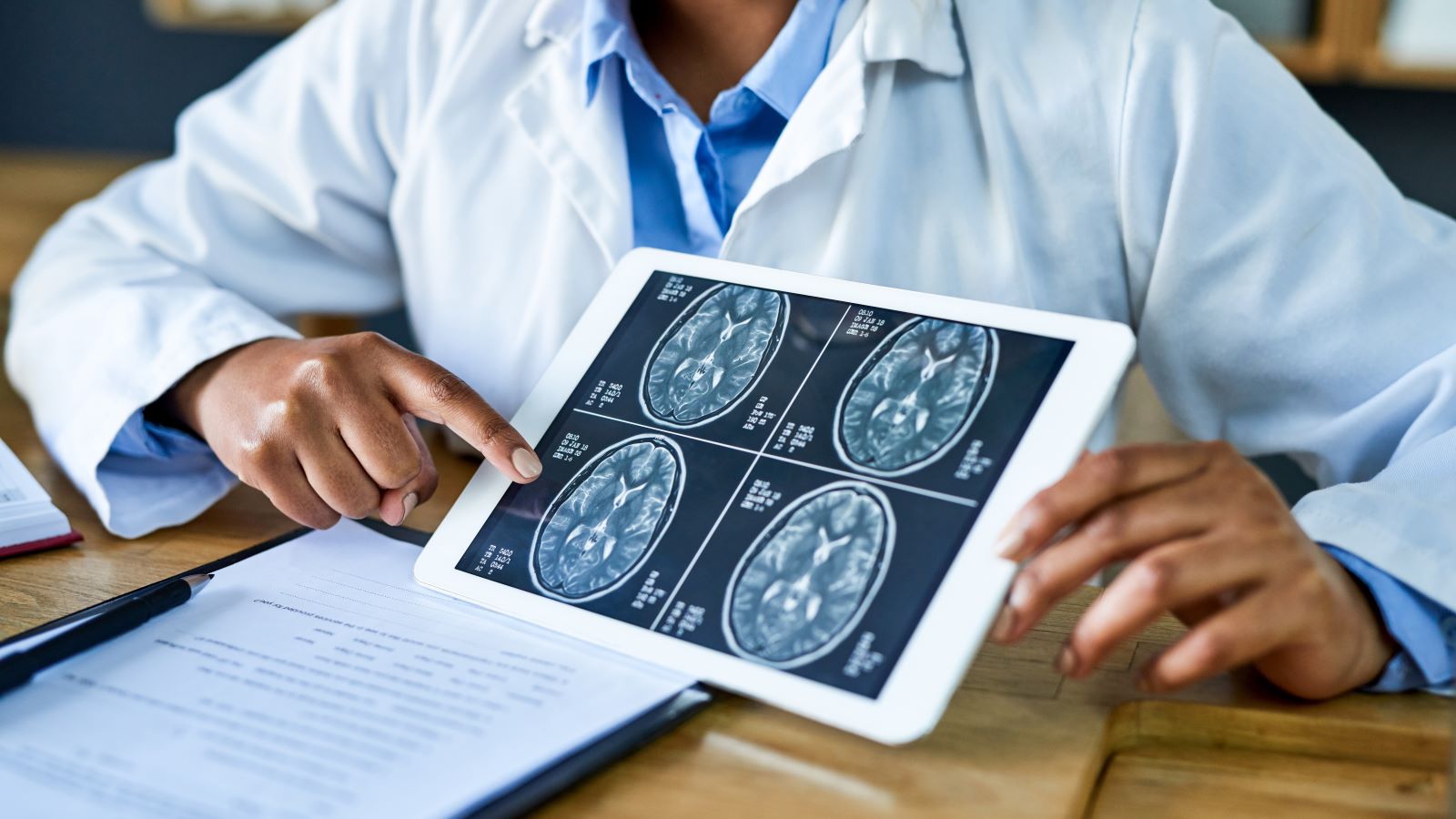<< Back
IOL Receives Funding to Study Brain Mechanisms in Adults with Autism

October 04, 2023
Two researchers in the Institute of Living’s Olin Neuropsychiatry Research Center received federal funding to determine if brain function related to social interactions can be modified in people with and without autism. If successful, this can direct the development of new interventions to enhance social skills.
Michal Assaf, MD, is director of the Olin Neuropsychiatry Research Center’s Autism & Functional Mapping Lab and director of research in the Mary W. Parker Autism Center at the Institute of Living. Her research focuses on understanding the neural organization underlying differences in social and emotional cognitive processes in psychiatric and neurodevelopmental disorders, including autism spectrum disorder (ASD) and schizophrenia.
Vaughn R. Steele, PhD, is an Assistant Professor of Psychiatry at Yale School of Medicine and the director of the Steele Lab in the Olin Neuropsychiatry Research Center. He is interested in developing treatments for clinical populations by measuring brain circuits with functional magnetic resonance imaging (fMRI) and electroencephalography. He uses transcranial magnetic stimulation (TMS) to probe these circuits to assess treatment viability. He applies these methods to several clinical populations, including ASD.
Together they applied for and received a $3.78 million grant from the National Institute of Mental Health to study brain mechanisms in adults with and without ASD. The study will use fMRI scans and TMS to determine where in the brain social interactions take place, and whether it can be modulated with TMS in people with and without autism. TMS is a noninvasive procedure that uses magnetic pulses to generate small electric currents to stimulate brain cells.
This project will build off a previous study by Dr. Assaf, which compared the “social brain” of people with schizophrenia and people with autism. That study also used fMRI to identify the neural network involved in the social cognitive process called mentalizing.
Mentalizing is the process that allows someone to get a read on other people’s state of mind and then adjust their own behaviors accordingly. The inability to make these connections can result in difficulties in social communication for people with autism.
The researchers determined that they could measure the brain’s activity, with fMRI, while an individual played a competitive social game. In this case, it’s a digital form of dominoes, with “rewards” and “punishments” associated with different moves. The specific area of the brain being activated is the right temporoparietal junction, located just above the right ear.
This was an “ah ha” moment, Assaf said. “There is something about this region that might be specific to autism that if we can change the activation in there somehow, we might be able to help with social function.” That “ah ha” led to the creation of this grant proposal in collaboration with Dr. Steele.
“Can we manipulate the activation of this area when people are involved in social interaction?” is the question now being asked, Assaf said.
“We are targeting the area as a spot that hopefully we can either excite, or turn it up, or maybe inhibit, or turn it down,” Steele explained. The research is at the “proof of concept” stage (i.e., will this work?) and not at the treatment stage. That would come later, if this study is successful, in the form of a clinical trial.
They expect to start recruiting participants for the study – autistic adults ages 18-35 – in early 2024.